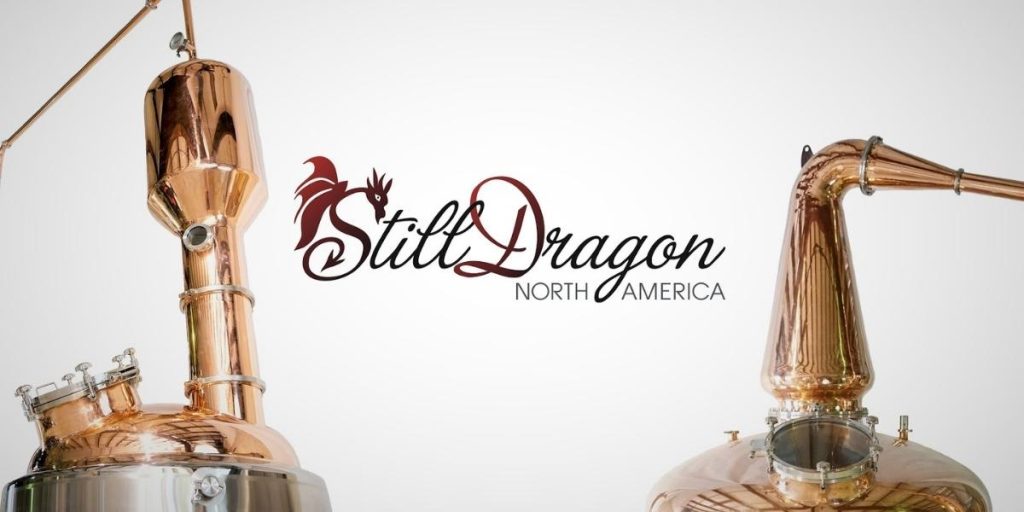Copper Helmet vs. Alembic Hat

By Bradley Newell
There’s something magical about having shiny copper components on your still, but there are quite a lot of options out there for adding copper to the vapor path. There is a great debate about how much copper to have on a still. Some people think anything less than a traditional 100% copper still is a travesty, while others want to utilize other materials to keep their costs down. This debate on how much copper is ideal for a still is far beyond the scope of this particular article, so we’ll focus on two pieces of equipment that can add copper to the vapor path: copper helmet vs. alembic hat (also referred to as a cone or copper swan neck).
What Are Copper Helmets and Alembic Hats?
Each piece of equipment sits on top of a kettle and affects the batch distillation of spirits in various ways. When it comes to a copper helmet vs. alembic hat, both options have a lot in common, but there are a few differences that can affect the flavors coming through in your final spirit.
The copper helmet gives more headspace and surface area, which respectively helps prevent any foaming from gumming up the works and increases passive reflux. Passive reflux helps with increasing ABV and giving a more pure final spirit. The angle of the lyne arm coming off of the copper helmet or alembic hat also has an effect on the passive reflux of the system. As a general rule, a downward angle sends more congeners and heavier flavors to the product condenser, whereas an upward angle sends less congeners and gives a lighter flavor.
Copper Helmet vs. Alembic Hat: What’s the Difference?
The main difference between the two pieces of equipment is that the copper helmet acts as an expansion chamber, similar to a copper onion. This forces a pressure drop that helps separate more volatile components. Like the passive reflux, this is a small difference, but it should help achieve better separation, in theory. Batch distillation is somewhat inefficient by design in order to preserve more flavor congeners during each run. In order to achieve higher efficiencies, a column still would be a better bet… but part of the craft of distilling is figuring out what process brings out the flavors you like in the final product.
Aesthetics are subjective but can be pretty important. Flavor is always going to come first, but you’re going to be the one babysitting the still, so it may as well be something you want to look at. Part of keeping your equipment looking its best is keeping it clean. Make sure that any part you add is something you can handle giving a good scrub down every now and again. Neither shape of equipment should be that difficult to clean, but if you get a smaller version or get very creative with your piping, cleaning can be interesting.
At the end of the day, there is no one-size-fits-all solution to the type of distillation equipment anyone needs to use. Part of the fun in distilling is playing around with different equipment, recipes, and generally tinkering with the process to get a wonderfully flavored spirit. You may not always make a change that you particularly like, but when you get the process dialed in, that’s definitely something worth toasting to!
If you’d like to toss your ideas around with us, we can help you work out what will work best for your distilling needs. Just shoot us an email at info@stilldragon.com or give us a call here at StillDragon headquarters at (561) 529-9235.